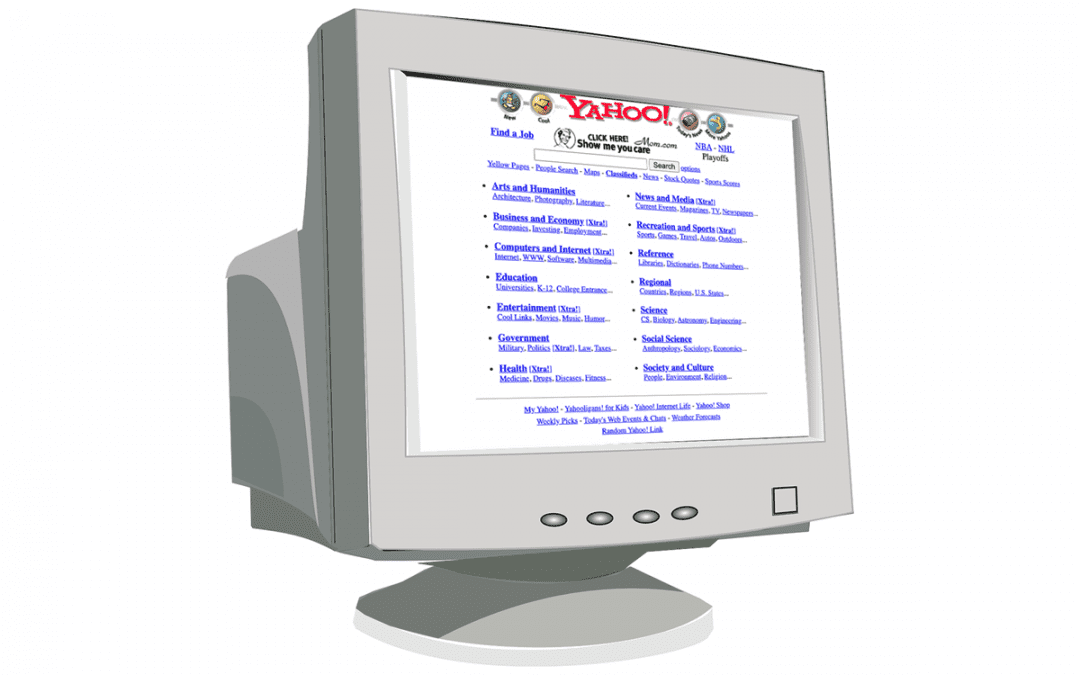Websites are the business cards of the 21st century. In the information era, where millions of companies are only a Google search away, a website is the surest way to make an impression that counts—by grabbing a potential customer’s attention, giving them the information they need, and selling your workplace ideals, culture, and philosophy.
Unfortunately, while every company knows that they should have a website, a shocking number of these websites are poorly designed, out of date, and display an unfortunate lack of understanding for the building blocks of successful advertising. After all, that’s what company websites are, at a base level—advertising—and there’s nothing that’s going to turn a potential customer away faster than a dated appearance, generic graphics, or text that demonstrably hasn’t been updated in years.
Maintaining a website is hard work, for sure, but putting in the hours makes the difference between gaining a customer or not gaining them. Here’s why.
Why Do Companies Let Their Websites Lapse?
Websites are, at their core, an advertising strategy. A website is a handy place to put all of the information that a potential customer could possibly ask—thereby saving them time and energy—while also selling them on why this company, specifically, is ideally suited to their needs.
Saving time and energy for your customers, though, requires expending time and energy on your website—and not just once, but repeatedly. Particularly in industries that are always changing (which, in the era of COVID-19, could describe nearly any industry) it doesn’t take long for the information on a website to become out of date. Meanwhile, the norms and styles of website design are constantly shifting, meaning that a site that looked flashy and impressive five years ago could now easily appear dated.
How Outdated Websites Lose Customers
Truthfully, having an outdated site may very well be worse than having no site at all.
Remember: a company website is a digital business card. The only reason it exists, generally, is to sell customers on a company’s mission, identity, and services. So, with that in mind, if a website appears outdated, that implies to potential customer that the company is also outdated. This might or might not be a fair assessment—after all, a company usually has many other things on their plate besides a website to maintain—but it’s important to understand that it’s going to be what runs through a potential customer’s mind, and plays hugely into their decisions. If a website is plagued by bad graphics, an outdated style, long load times, and so on, it will leave a customer wondering if they’re going to encounter the same issue with the company’s actual services. For the customer, the process of going to a website should feel seamless: they shouldn’t consciously think about it.
If you look at the numbers from a 2018 study from Adobe, a problematic website will send 38% of your potential customers looking for other websites, instead. Another study in 2020 by Zendesk found that websites that aren’t properly optimized will lose 50% of their potential customers. Having a strong, updated website matters, far more than many companies realize.
What You Can Do
Again, maintaining a website is not easy, and it shouldn’t be taken for granted. Never assume that a bleeding edge website from 2016 is just as impressive in 2021—it almost certainly isn’t—and always take the time to go through old pages, information, and articles to ensure that the company doesn’t contain outdated material which visibly dates it.
In today’s day and age, maintaining a strong internet presence has never been more important, and in the future, that importance will only increase.
If you have any questions about cost, designs or development times, contact Industrial Traffic. We are the digital marketing experts for industrial marketing. And we’d love the opportunity to work with you.

